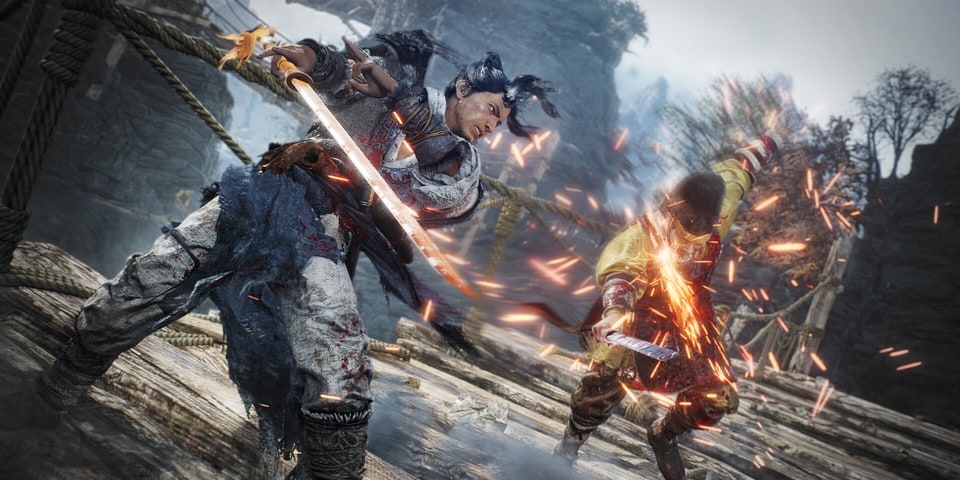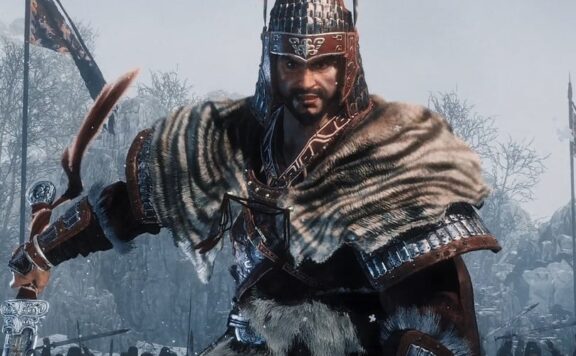It’s featured in video game series as diverse as Total War, Dynasty Warriors, and the recent Wo Long: Fallen Dynasty, but what is it about the Yellow Turban Rebellion that makes it so compelling?
First off, what was the Yellow Turban Rebellion? Taking place in China in 184 AD, it was a violent uprising of the peasants against the dominant Eastern Han dynasty. The rebellion garnered its distinctive name from the yellow headwear worn by the rebels. The causes of the rebellion are many and varied, from the issues of ineffective governance caused by a weak and corrupt government to the nasty role of both famine and plague.
Ultimately, the people of China were not a happy bunch, indeed, they were deeply angry at their circumstances. At its peak, the numbers of the Yellow Turbans were truly enormous, with around 360,000 followers devoted to the cause. The impact they caused was tremendous too: officials were killed and government buildings destroyed, as the fury of the people swept away all before them. However, despite their numbers, the Yellow Turbans ultimately proved no match for the professional prowess of the imperial forces.
Within a year the bulk of the uprising had been suppressed. Yet the ripples of chaos caused by the rebellion could not be stopped. By having to kill its own people the Han Dynasty had revealed the rot at its core. Unable to enforce its rule, the dynasty fell apart, and the resulting vacuum led to a fracturing of power. This led to another era of Chinese history much featured within video games: the age of the Three Kingdoms.

In part, this is why the Yellow Turban Rebellion remains such a popular historical background for a plethora of video games; it was a time of chaotic, cathartic change that resulted in a new world order. These historical moments enter the consciousness of a culture and are discussed, analysed, and debated for centuries thereafter. The conflict, warfare, and potent ideologies make for an ideal narrative to fuel an epic story.
And that story just so happened to be Romance of the Three Kingdoms by Luo Guanzhong. This work takes the randomness and anarchy of a real-life conflict and transformed it into a dramatic and romantic story. In a scant 800,000 words, the Romance of the Three Kingdoms fused together historical and fictional events with a vast cast of hundreds of characters to potent effect. Romance, action, drama, violence, betrayal, and – like the best of Shakespeare’s plays – a story that is deep and open enough to be retold in countless different ways.

The first chapter in a much wider saga, the rebellion has served as an apt tutorial when depicted in video games. Those who have played Dynasty Warriors since the early 2000s will be intimately familiar with the campaign with it being the opening stage for each mainline title in the series, swinging giant weapons to cleave through thousands of Yellow Turbans. It serves a similar purpose in Total War: Three Kingdoms, allow players to focus on a smaller conflict before the stabilisers come away and the entire country is engulfed in war.
Wo Long does a great job in highlighting why this snapshot in history is so compelling when it comes to video game adaptations. Throughout those first several missions we are introduced to valiant heroes including Liu Bei, Cao Cao, and Sun Jian, watching them fight side by side years before their Three Kingdoms would collide. This focus on characters works particularly well within Team Ninja’s action RPG format – we also see the Yellow Turbans get far more screen time than they ever did in Dynasty Warriors. That’s something else about this conflict ripe for adaptation, the rebellion’s leader Zhang Jiao. A Taoist healer whose influence spread by word of mouth, he often appears in video games as a manic sorcerer, flanked by his equally unhinged brothers.
Playing with History is our ongoing series spotlighting video games and the real-world people and events that inspire them. From walking with dinosaurs in Jurassic World Evolution and talking real-life zombies in Days Gone, to learning about the Peaky Blinders, and chatting Ghost of Tsushima with a samurai expert, there’s plenty you may not have known about your favourite video games.




